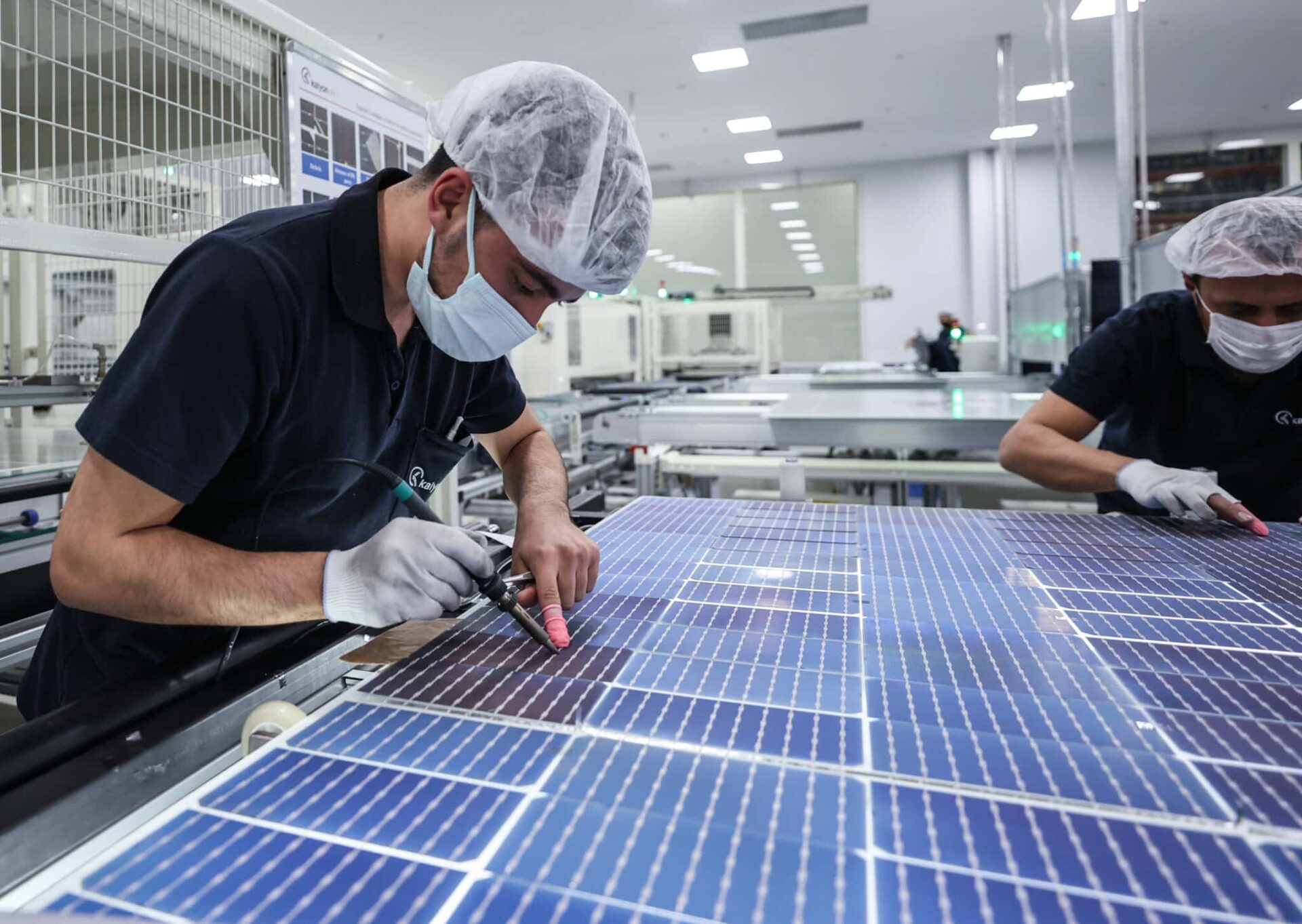As project developers have struggled to obtain imported panels, U.S. solar energy contract prices have increased by a third over the past year, according to a report released late Monday.
Thanks to the recent enactment of generous federal subsidies, the cost of wind energy has dropped significantly in recent times, providing a much-needed boost to the renewable energy industry. This decrease in wind energy prices has been beneficial for those looking for an affordable and sustainable energy source.
A quarterly index report released by LevelTen Energy has indicated that the prices for solar contracts, known as Power Purchase Agreements (PPAs), have seen a significant increase of 33.3% from the same period last year and 8.2% compared to the previous quarter. This is a clear indication that renewable energy contracts are becoming increasingly more accessible and cost-effective in many markets around the world.
IRA is supposed to speed up renewables
President Joe Biden’s groundbreaking climate change legislation, which extended much-needed tax subsidies to renewable energy projects late last year, has had a more muted effect on solar producers due to the numerous supply chain bottlenecks that have arisen in the industry. Despite this, there are still signs of optimism for the future of solar production, as Biden’s measure is expected to help stimulate the sector in the long term.
The Inflation Reduction Act has provided invaluable incentives to the American wind energy sector, giving it a much-needed boost and instilling new life into the industry. The fourth quarter saw the first dip in Wind Power Purchase Agreements (PPAs) since early 2021, with prices dropping by an impressive 1.9% from the third quarter figures.
Solar energy components come from China
Since June this year, the seizure of hundreds of shipments of solar energy components by customs agents at American ports has significantly increased due to the enforcement of a law that prohibits imports from Xinjiang province in China. This measure has strongly affected the growth of solar power in the US, with more and more people now looking towards renewable energy sources for their needs.
The Uyghur Forced Labor Protection Act is assuming that they created all products coming from Xinjiang using forced labor. If they want to sell their products in the United States, manufacturers need to provide proof that they did not create their products with forced labor. They have to provide sourcing records or other documentation that can link the equipment used for production back to its raw material. This is an important step towards preventing goods produced through exploitative practices from entering the country and contributing to human rights abuses.
According to Gia Clark, senior director of developer services at LevelTen, these delays and access to the equipment are creating a lot of uncertainty about deadlines, and PPA prices are rising to account for that risk.
While it is true that there is still a high demand for solar projects, according to Clark, there is hope that the costs associated with these projects will begin to level down in the latter half of 2023. This could potentially lead to a more accessible and sustainable approach toward renewable energy sources.

